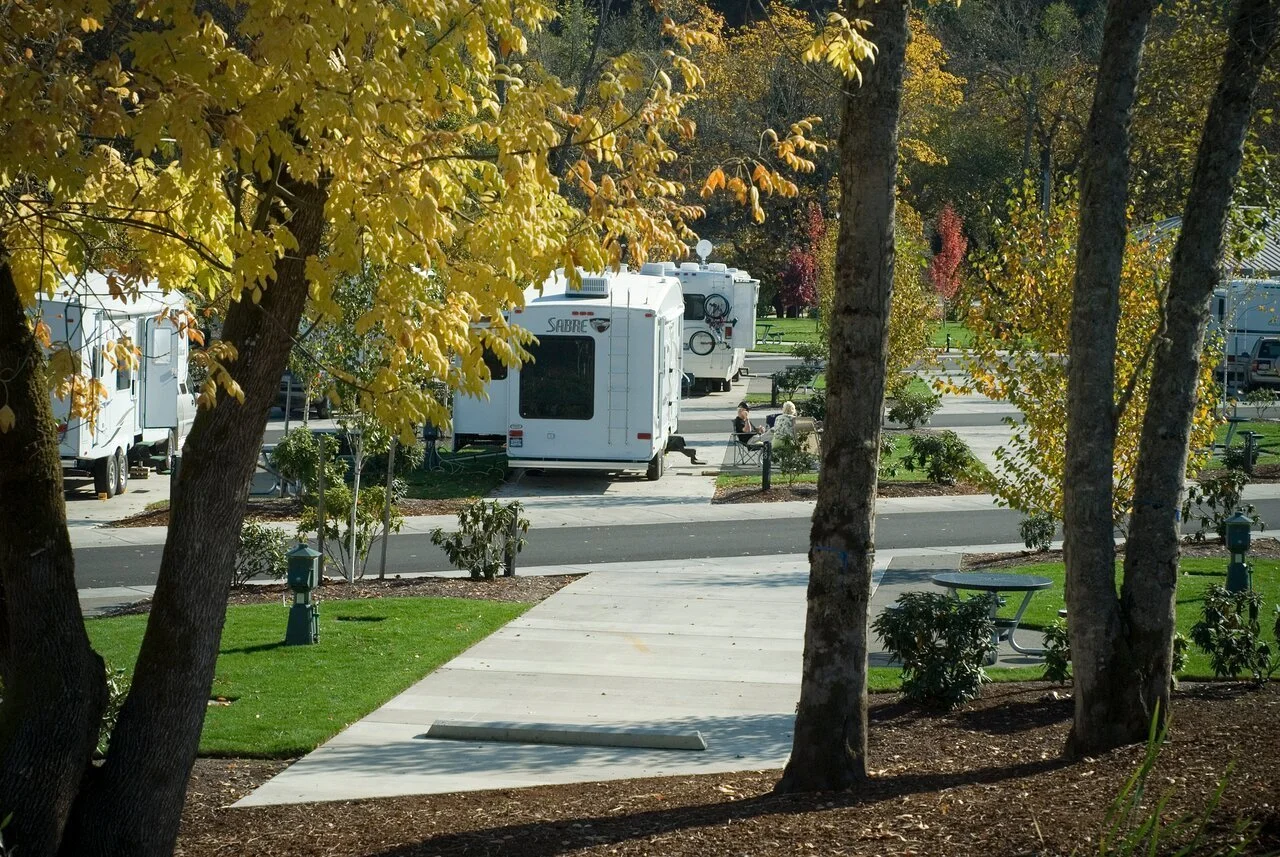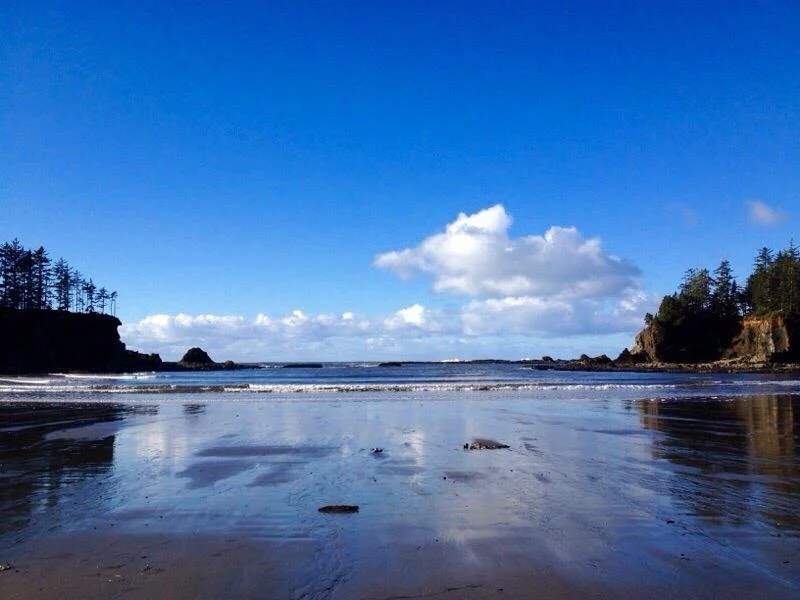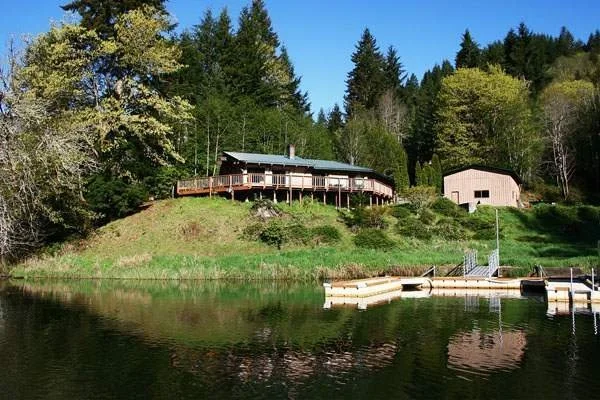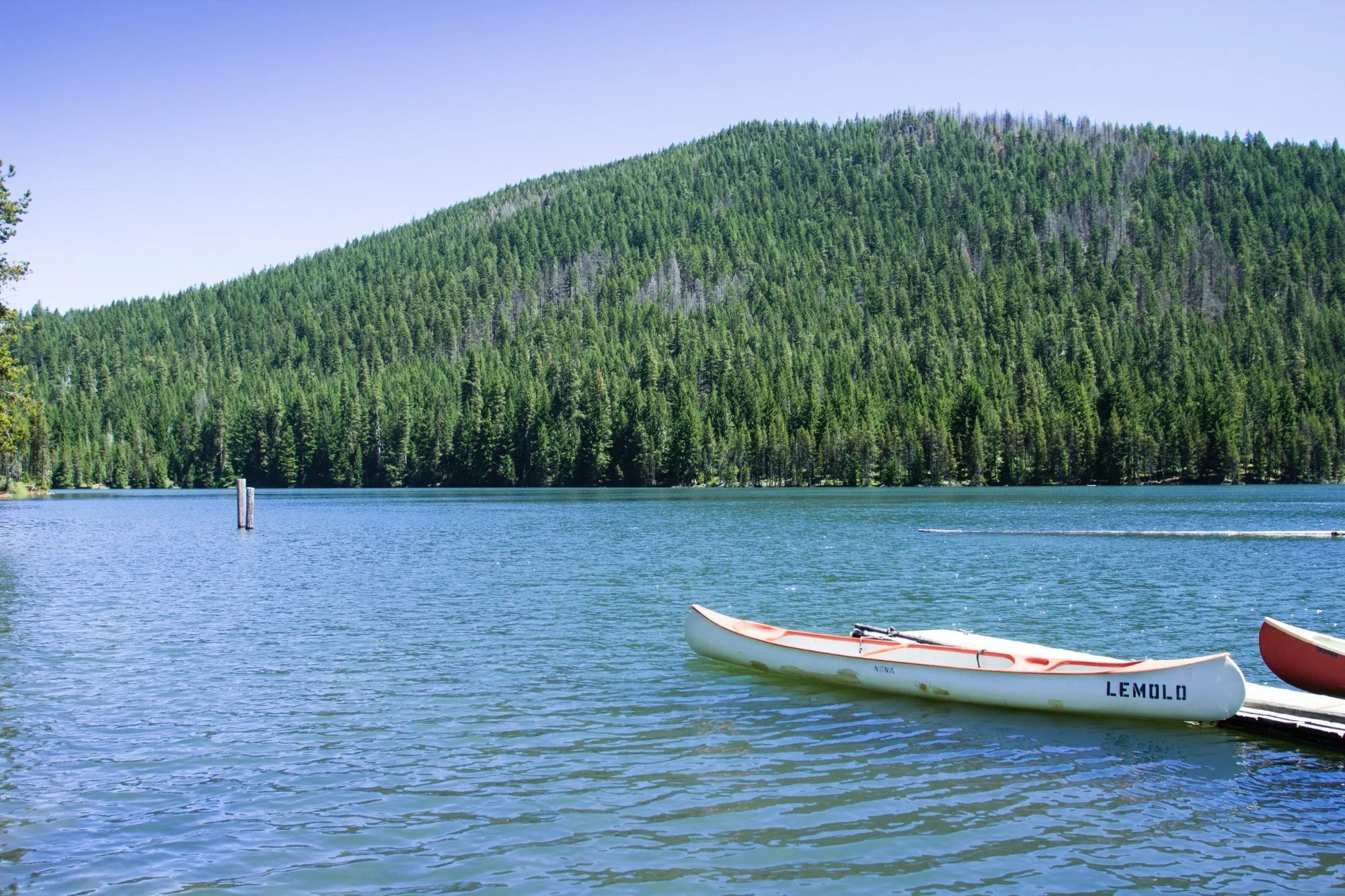Stretching across an impressive million-acre expanse along the majestic Cascade Mountain Range's western slopes, the Umpqua National Forest showcases some of the most awe-inspiring natural wonders in Oregon. This pristine wilderness is anchored by the jewel-like Crater Lake National Park, drawing visitors from across the globe. The landscape unfolds in a stunning tapestry of undulating terrain, dense forest canopies, thundering waterways, and cascading waterfalls. While the breathtaking scenery alone warrants a visit, this outdoor paradise serves as an ideal backdrop for countless recreational pursuits - from extensive trail networks perfect for hiking and mountain biking to serene camping spots, along with exceptional kayaking and angling opportunities in the region's pristine waters and streams.
Camping Near Umpqua National Forest
Immerse in the Emerald Embrace: Lush Waterfalls and Whispering Woods Await Your Exploration.
CampChimp is better in the app
Find Available Camping
The 5 best campgrounds near Umpqua National Forest, OR
-

Bullards Beach State Park
 Bandon, OR
Bandon, OR


Bullards Beach State Park is a stunning coastal campground with easy access to the sandy beach and rocky coastline offering breathtaking views of the Pacific Ocean.
-

Umpqua Lighthouse State Park Yurts
 Reedsport, OR
Reedsport, OR


Umpqua Lighthouse State Park features a historic lighthouse beachfront campsites and access to hiking trails along the scenic Oregon coast.
-

Jessie M. Honeyman Memorial State Park
 Florence, OR
Florence, OR


Honeyman State Park offers a peaceful camping experience along the Cleawox Lake with opportunities for fishing hiking and exploring the nearby sand dunes.
-

William M. Tugman State Park
 Lakeside, OR
Lakeside, OR


Tugman State Park is a secluded campground nestled among old-growth forests providing a serene and natural setting for outdoor recreation.
-

Crater Lake National Park
 Klamath County, OR
Klamath County, OR


Nestled in the heart of the Umpqua National Forest Lake Marie Campground offers a serene and picturesque setting for outdoor enthusiasts. Surrounded by towering evergreens and a pristine lake this campground provides a tranquil escape from the hustle and bustle of everyday life.
The 5 hardest-to-book campgrounds near Umpqua National Forest, OR
The 5 best campgrounds for RV camping near Umpqua National Forest, OR
The 5 best campgrounds for tent camping near Umpqua National Forest, OR
The best camping near Umpqua National Forest guide
About
- Best for active campers: Diamond Lake Campground stands out with its extensive selection of camping spots, featuring convenient boat launch facilities, modern shower amenities, well-maintained cycling paths, and dedicated fish cleaning stations.
- Best for fishing trips: Hemlock Lake Campground provides privileged access to prime trout fishing waters, making it a favorite destination for dedicated anglers.
- Best for a ghost town experience: Devil's Flat Campground features a unique trio of campsites situated beside historic structures - a well-preserved century-old ranger station and authentic horse stable.
- Secure your preferred spot, including sheltered accommodations like cabins and yurts, through advance booking up to six months ahead via telephone or the National Forest Service's online portal. Remember that new reservation slots become available at 7am Pacific time, and sought-after locations frequently book solid within moments of release.
- Plan your arrival for early in the day, preferably during the middle of the week. With numerous sites operating on a first-come basis throughout the forest, your chances of securing an ideal spot increase significantly by arriving Wednesday or Thursday, ahead of weekend crowds.
- Make the ranger station your first stop to inquire about unexpected vacancies and insider recommendations. Forest rangers maintain current knowledge of site availability during peak periods and are invaluable resources for finding the perfect spot.
Peak visitor season in the Umpqua National Forest runs from mid-June through early September, though elevated camping areas may retain snow coverage well into July. For those seeking a more tranquil experience while still enjoying favorable weather conditions, consider planning your visit for the period immediately following Labor Day weekend, when school schedules reduce crowd sizes significantly. Keep in mind that this timing coincides with wildfire season, which may necessitate unexpected campground closures for safety reasons.
- Wildfire risks pose significant concerns throughout the forest, especially during hot, arid summer conditions. Stay informed about current advisories and understand that restrictions on campfires and portable stove usage might be implemented during your visit for safety purposes.
- Navigation requires more than digital assistance. Take time to map your journey beforehand and verify current road conditions with forest service personnel, as seasonal weather, earth movement, or scheduled repairs may affect access routes.
- Water management is crucial when visiting. Many locations within the forest offer primitive camping experiences without access to treated water sources, so carrying adequate supplies is essential.






